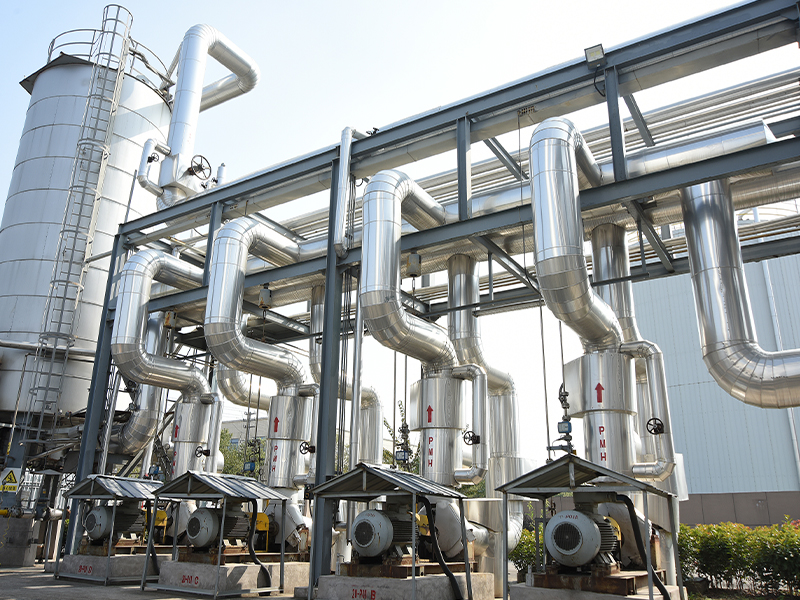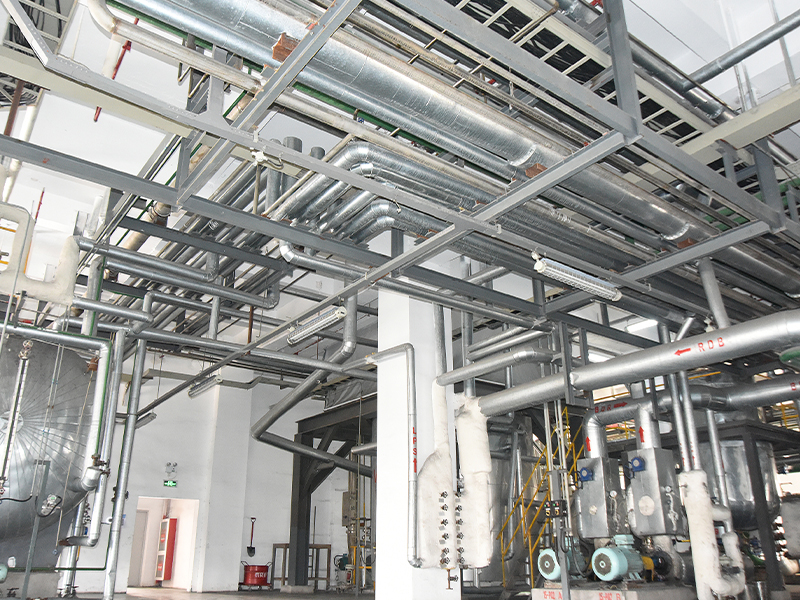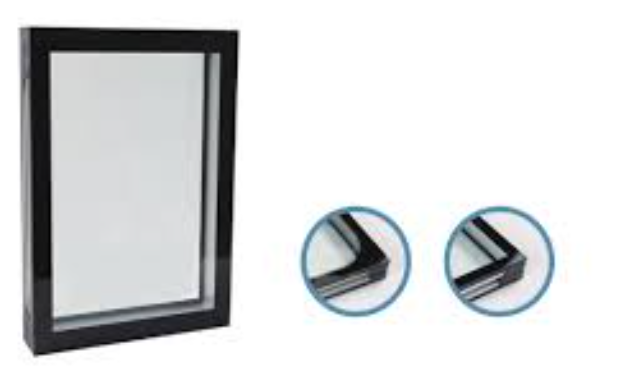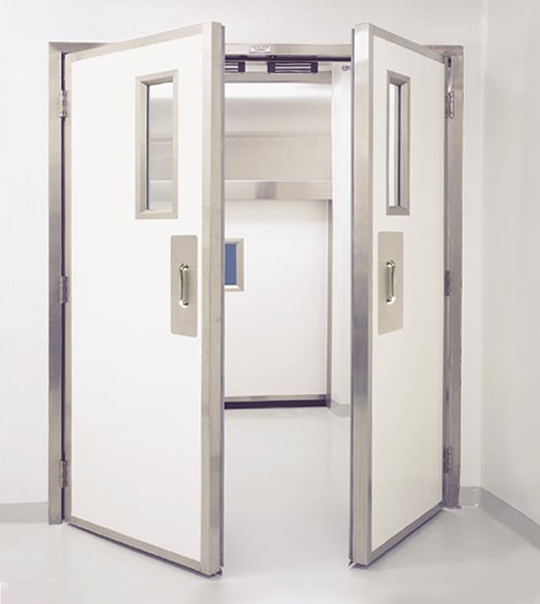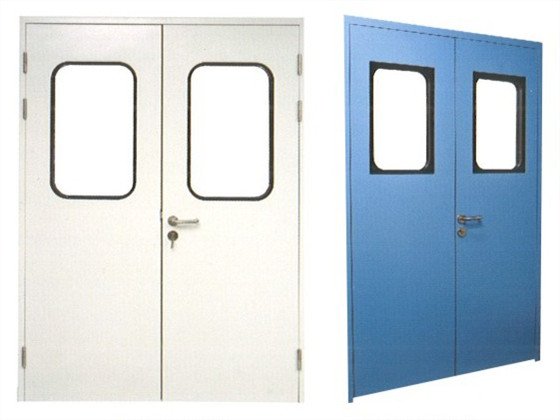Aluminum alloy cleanroom doors can significantly contribute to energy efficiency in cleanroom environments in the following ways:
Thermal Insulation: Aluminum alloy cleanroom doors are often designed with insulating cores, such as foam or mineral core materials, which provide excellent thermal resistance. This helps maintain stable internal temperatures by minimizing heat transfer between the cleanroom and the outside environment. As a result, HVAC systems do not need to work as hard to maintain the desired temperature, leading to energy savings.
Tight Sealing: Aluminum alloy cleanroom doors can be equipped with high-quality seals (e.g., silicone or rubber) around the edges. These seals prevent air leaks, ensuring that conditioned air stays within the cleanroom while minimizing the need for constant air replenishment from the HVAC system. By reducing the amount of air exchanged, energy consumption for heating, cooling, and humidification is reduced.

Low Conductivity: Although aluminum is a good conductor of heat, its use in doors is typically combined with insulation and coatings that help reduce overall heat transfer. This helps maintain the cleanroom’s climate more efficiently, preventing unnecessary energy expenditure from the heating or cooling systems.
Lightweight Design: Aluminum alloy doors are lightweight compared to other materials, which can result in less energy required for door operation. Additionally, these doors often have smooth surfaces that require less energy to open and close, helping to reduce the overall energy needed for air exchange when the doors are in use.
Reflectivity and UV Protection: Aluminum has natural reflective properties, which can contribute to energy efficiency when paired with energy-efficient lighting systems. This reflects light, helping to reduce the need for high-intensity lighting in the cleanroom, thereby saving energy.
Durability and Longevity: Aluminum alloy doors are resistant to corrosion and wear, which means they maintain their insulating and sealing properties over time without the need for frequent replacements or maintenance. This long-term durability contributes to a reduction in both maintenance costs and the energy required to replace or repair doors that have deteriorated.
Integration with Cleanroom Airflow Systems: Aluminum alloy doors can be designed to work seamlessly with the cleanroom's air pressure and airflow systems. This can reduce energy waste by ensuring that air handling units and filtration systems work more efficiently in maintaining the cleanliness and air quality of the room without excessive energy consumption.

 English
English русский
русский Español
Español
